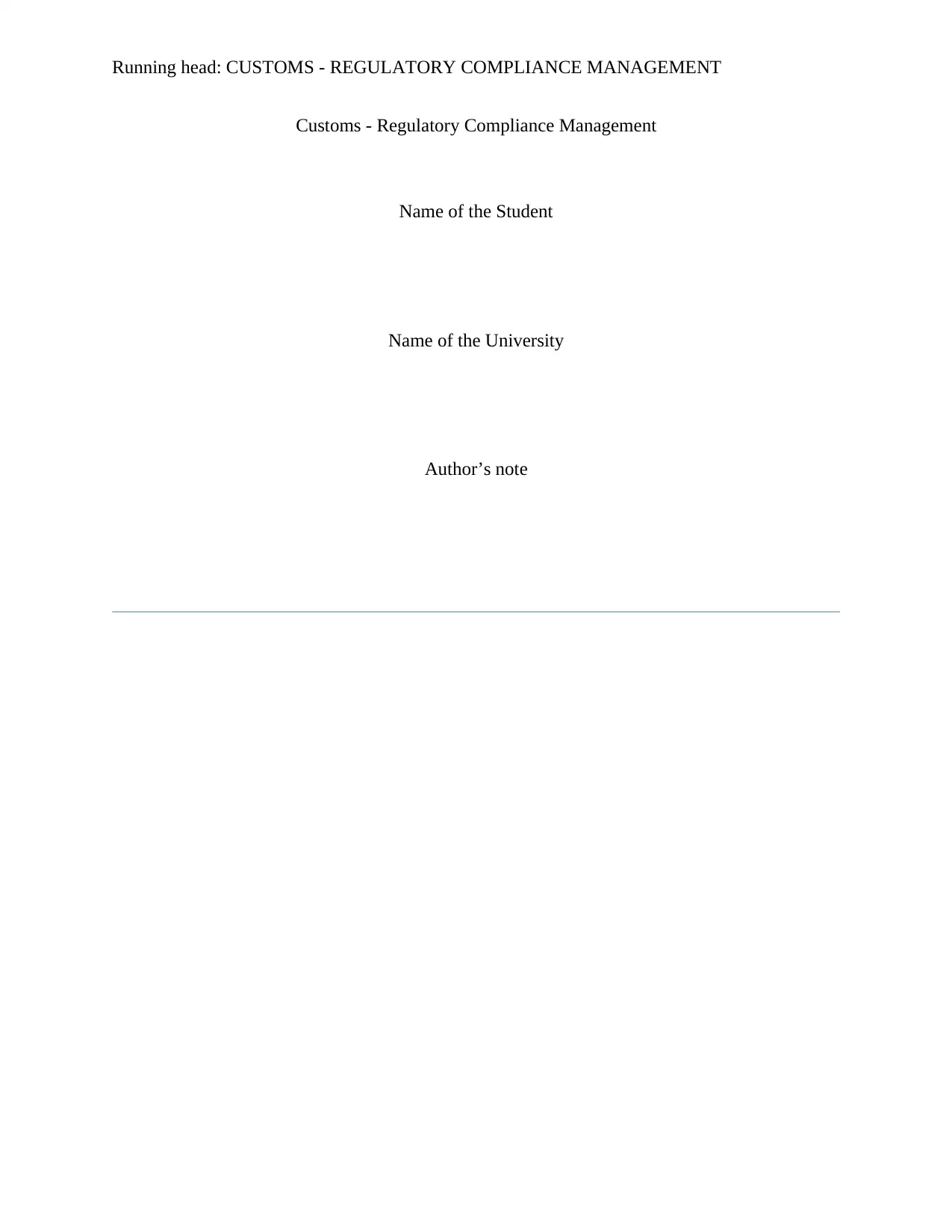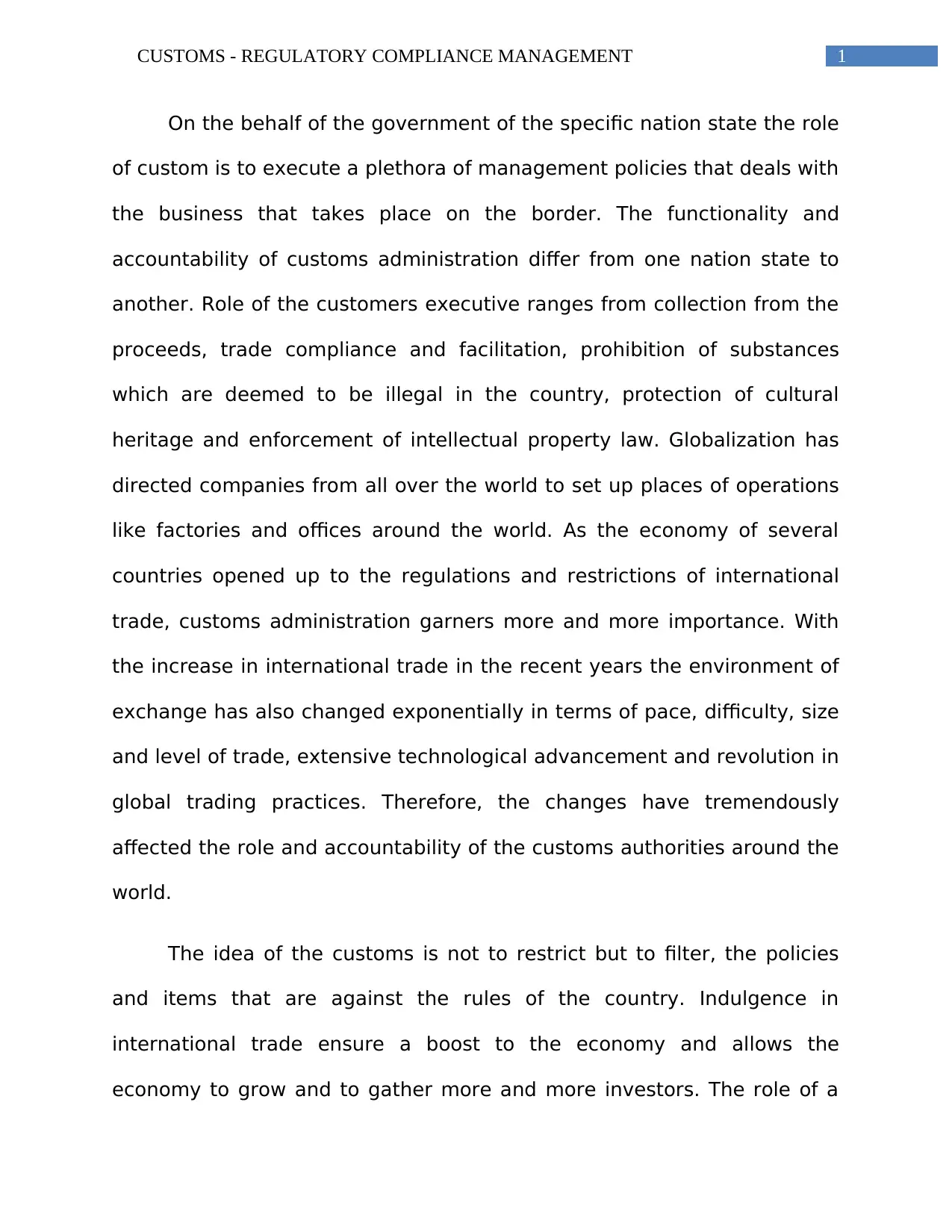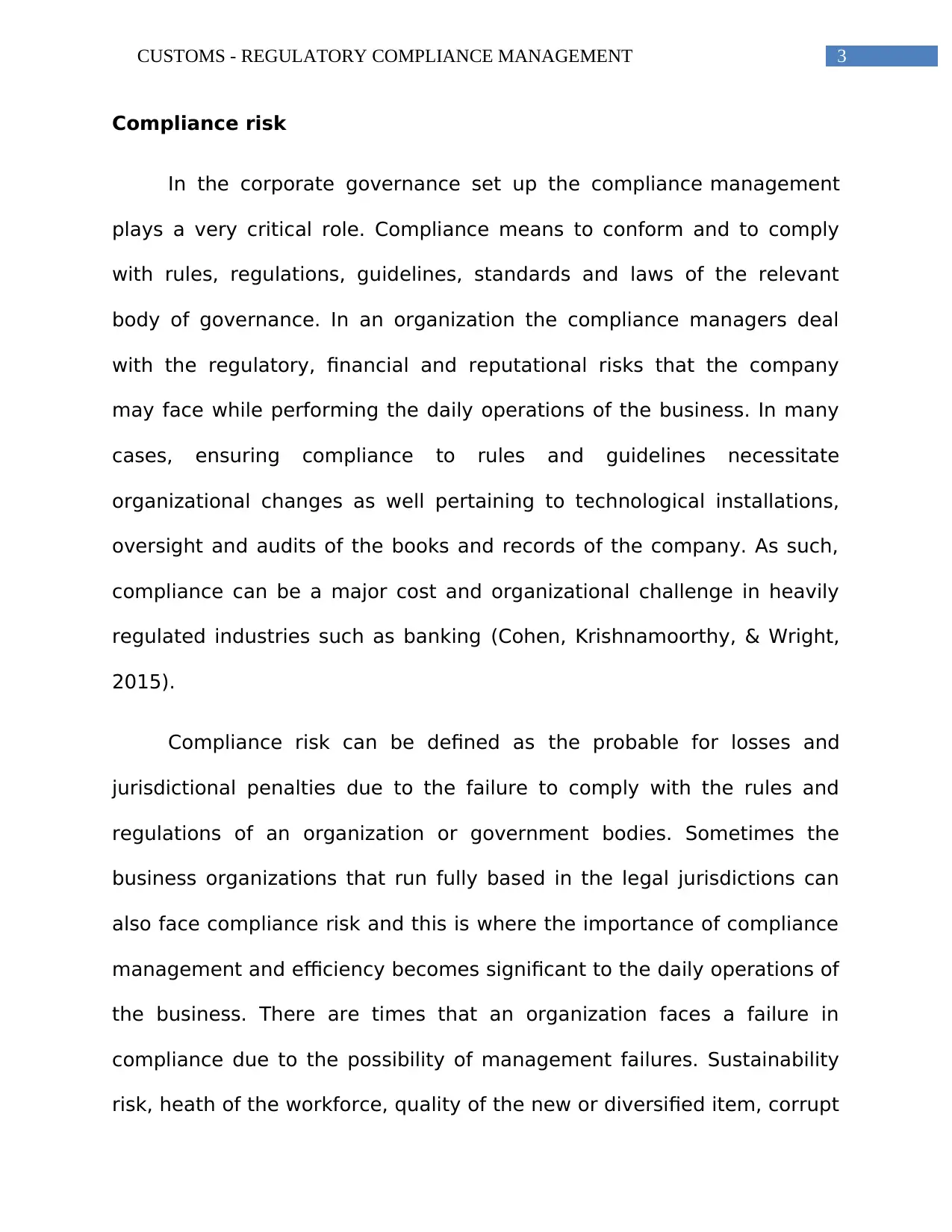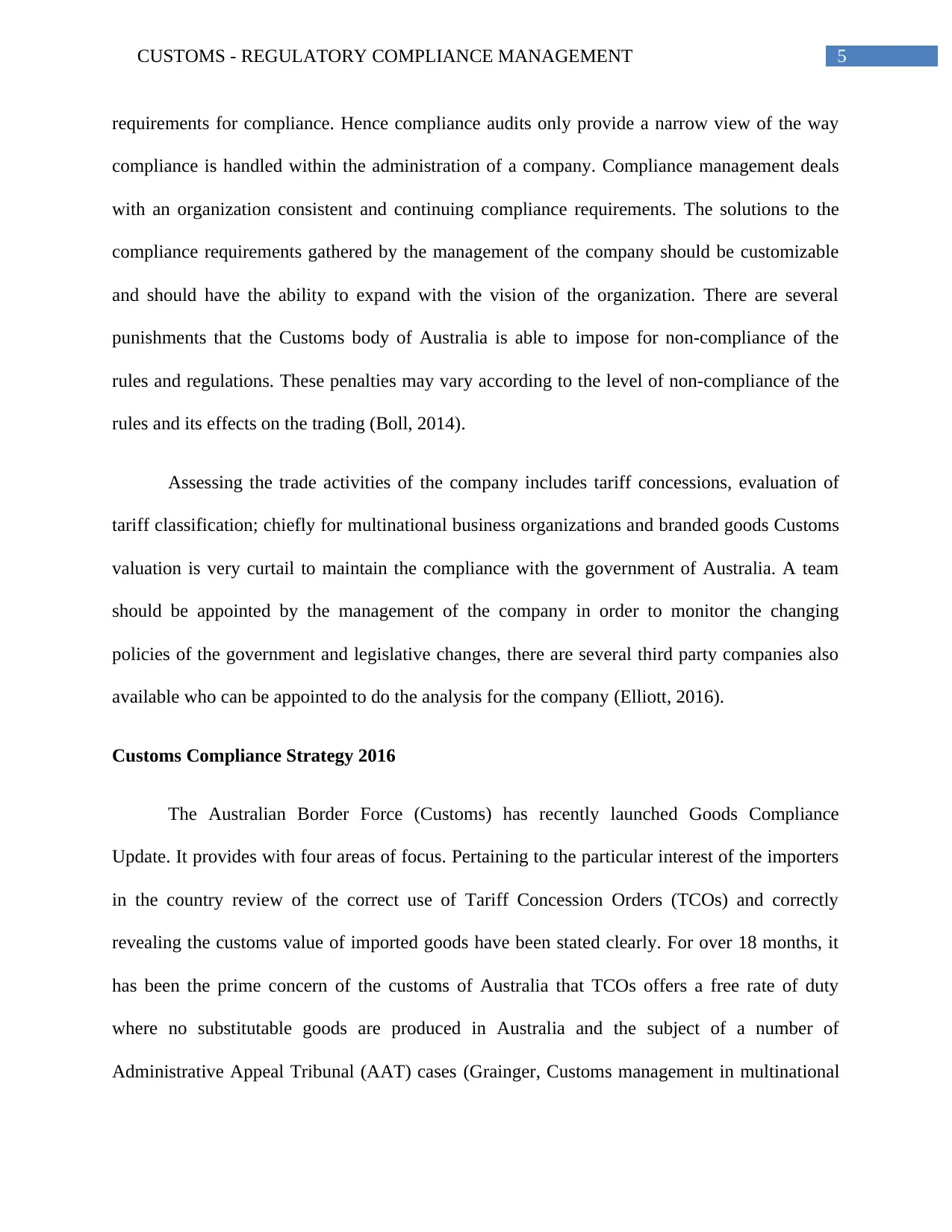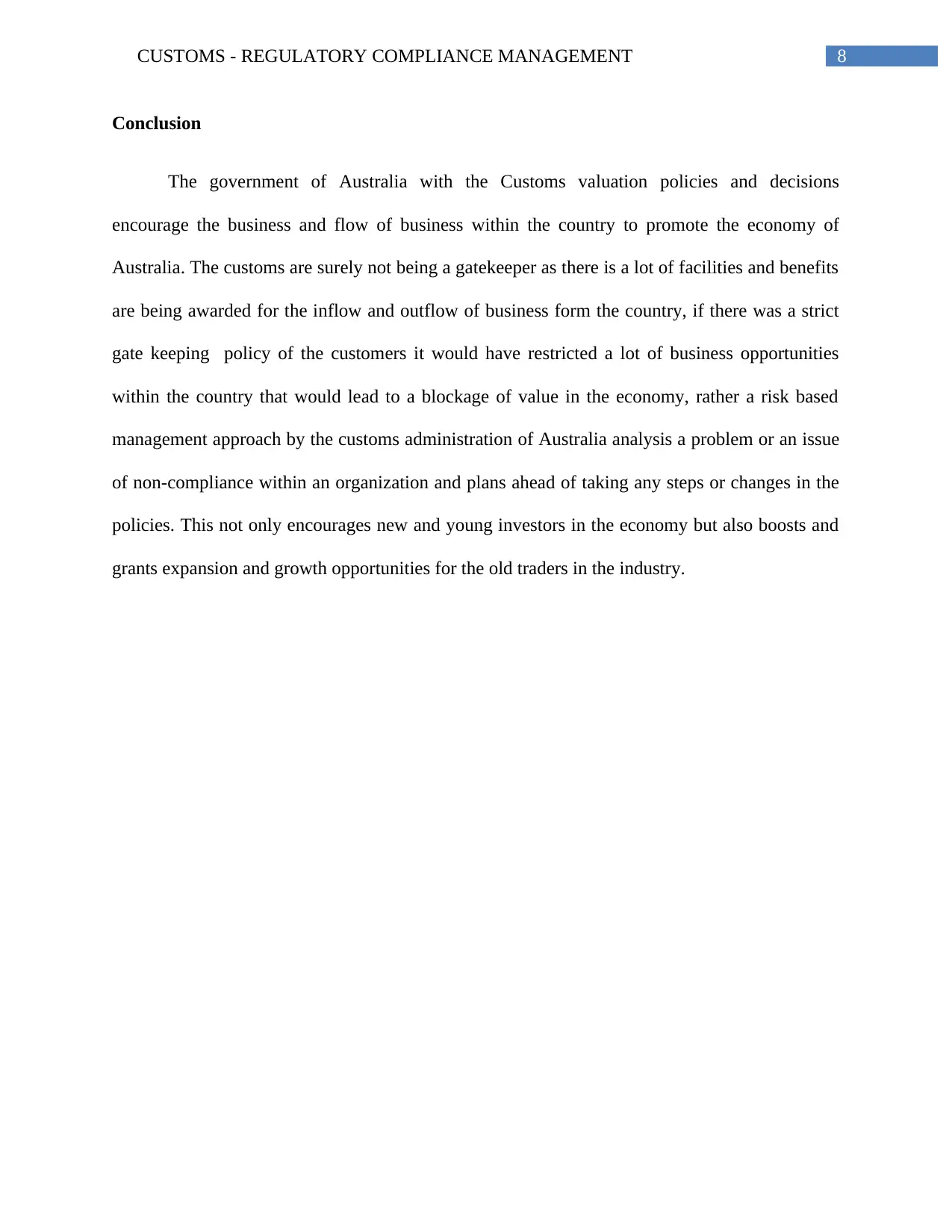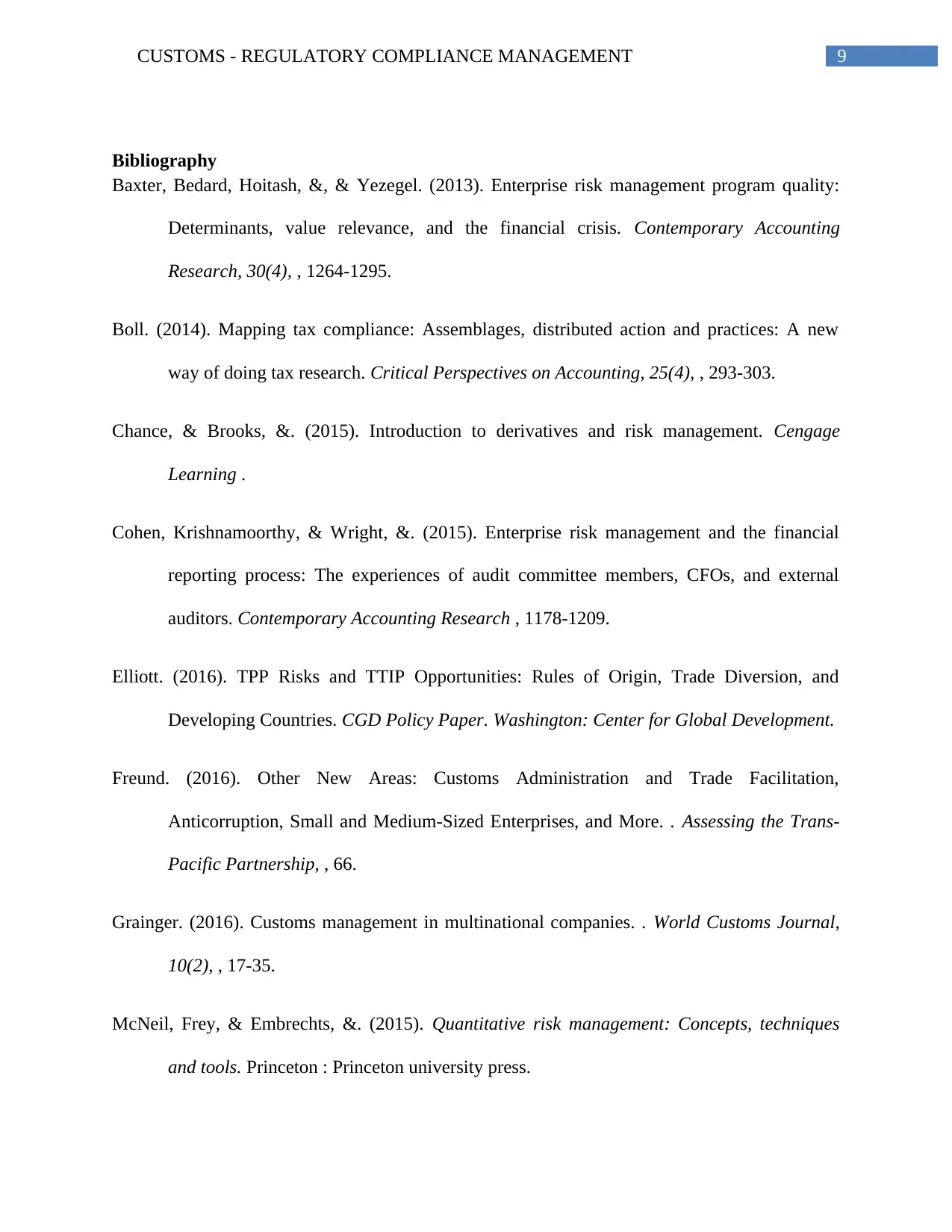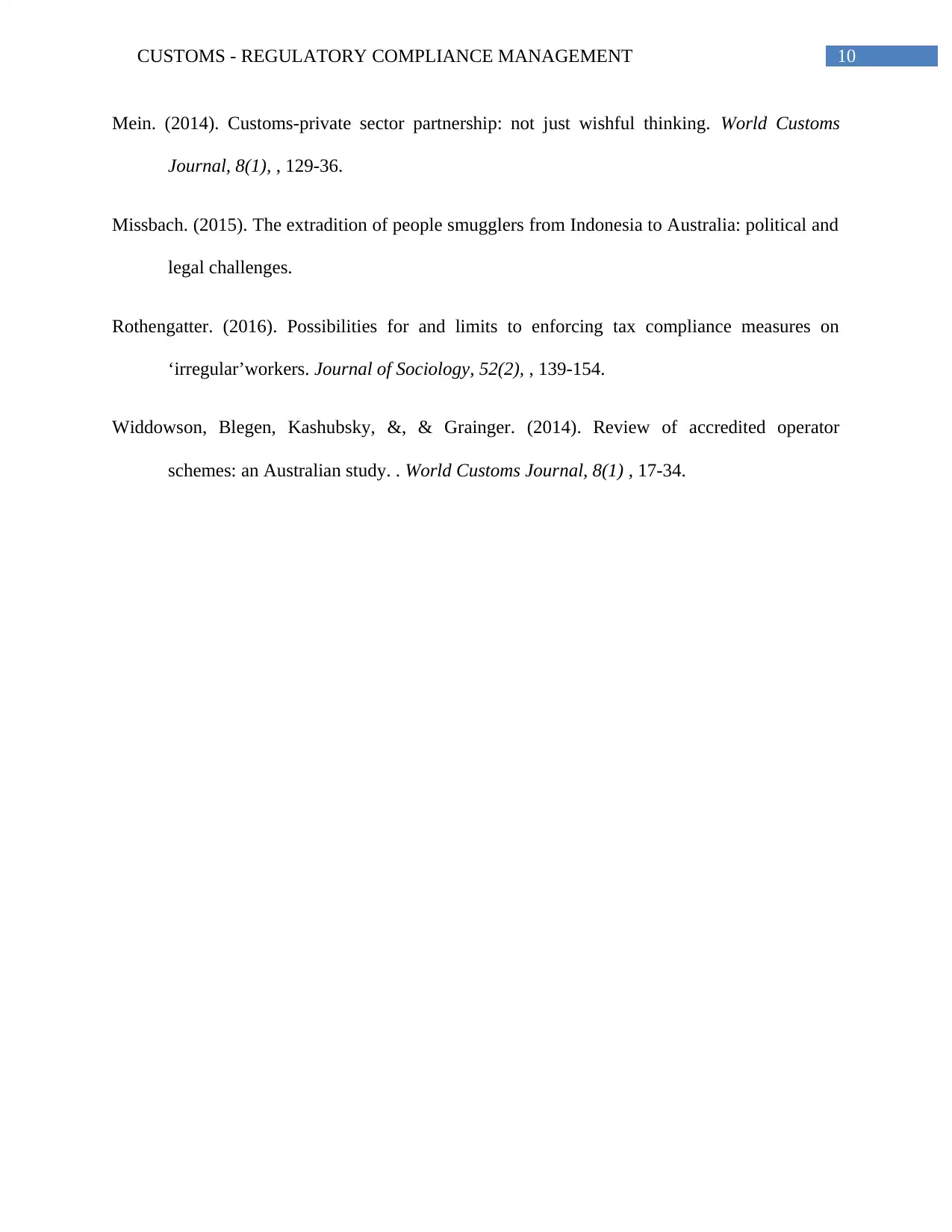The Australian government has implemented various policies and initiatives to promote trade and commerce within the country. One such initiative is the Trusted Trader program, which allows eligible traders associated with the government to use the Australian Trusted Trader logo, symbolizing goodwill and prosperity. This program also provides access to trade facilitation benefits under mutual recognition arrangements (MRAs) between Australia and other countries. Additionally, the Customs Valuations and Transfer Pricing policies aim to promote compliance among importers. The government's risk-based management approach encourages new investors and boosts growth opportunities for existing traders, ultimately promoting economic growth in Australia.
![[object Object]](/_next/static/media/star-bottom.7253800d.svg)
![[object Object]](/_next/static/media/star-bottom.7253800d.svg)
